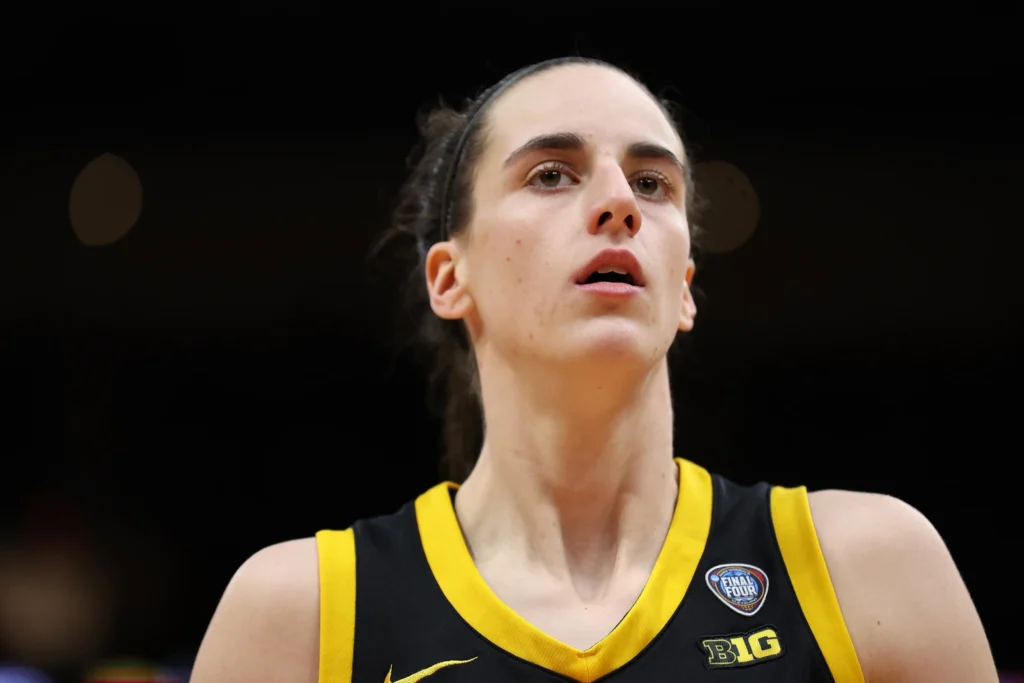
Title: Caitlin Clark’s Early Struggles in the WNBA: A Frustrating Start
Caitlin Clark’s transition to the WNBA with the Indiana Fever has been anything but smooth, marked by visible frustration and struggles on the court. The highly anticipated debut of the No. 1 overall draft pick has fallen short of expectations, leading to questions about her adjustment to the professional level and the factors contributing to her early difficulties.
In her first two games as a professional player, Caitlin Clark has faced formidable challenges, both individually and as part of the struggling Indiana Fever team. The Fever’s winless start, coupled with significant losses in both games, reflects the team’s early-season struggles, with Clark at the center of attention due to her high-profile status as the top draft pick.
Despite her undeniable talent and potential, Clark has found it difficult to replicate her collegiate success in the WNBA. Her frustration has been palpable on the court, evident in her confrontational interactions with referees and her visible discontent during games. The pressure to perform at the professional level has undoubtedly weighed heavily on Clark, leading to moments of visible frustration and emotional outbursts.
One of the defining moments of Clark’s early WNBA career came during her debut game, where she committed a staggering 10 turnovers—a performance far below the standard she set during her collegiate career. Subsequent games have seen her struggle to find her rhythm offensively, with subpar shooting percentages and limited scoring output raising concerns about her ability to adjust to the speed and physicality of the professional game.
Criticism of Clark’s performance has extended beyond the court, with questions raised about the coaching strategies employed by head coach Christie Sides. Fans and analysts alike have questioned Sides’ handling of Clark and the team’s overall game plan, leading to speculation about the impact of coaching decisions on Clark’s performance and development.
While it may be premature to place blame solely on the coaching staff, there are undeniable challenges facing Clark and the Fever as they navigate the transition to the professional level. The heightened level of competition in the WNBA, coupled with the physicality of opposing defenses, has presented significant obstacles for Clark as she seeks to establish herself in the league.
One factor contributing to Clark’s struggles has been the lack of support from her teammates, with the Fever roster lacking the depth and talent necessary to compete at a high level. Opposing teams have capitalized on this weakness, employing double- and triple-teams to contain Clark and limit her offensive impact. As a result, Clark has been forced to adjust her game and find ways to contribute despite facing intense defensive pressure.
Looking ahead, Clark and the Indiana Fever must confront the challenges head-on and work together to overcome their early-season struggles. Adjustments will need to be made both on and off the court, with a focus on improving team chemistry, refining offensive schemes, and providing Clark with the support she needs to succeed. While the road ahead may be challenging, there is still plenty of time for Clark to find her footing and make her mark in the WNBA.
In conclusion, Caitlin Clark’s early struggles in the WNBA serve as a reminder of the challenges faced by young players making the transition to the professional level. Despite her undeniable talent and potential, Clark has encountered difficulties adjusting to the speed and physicality of the professional game. However, with time, patience, and support from her teammates and coaches, there is no doubt that Clark has the ability to overcome these challenges and establish herself as a force to be reckoned with in the WNBA.





